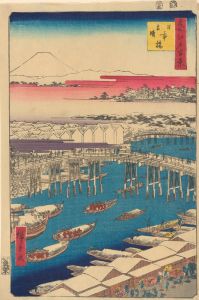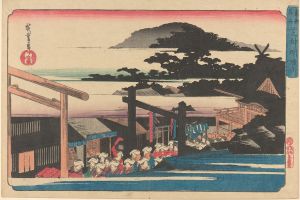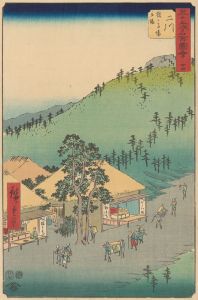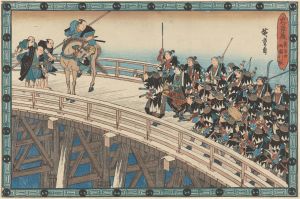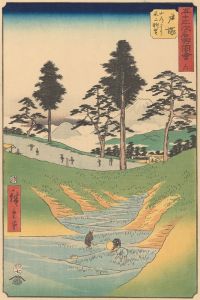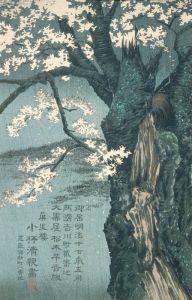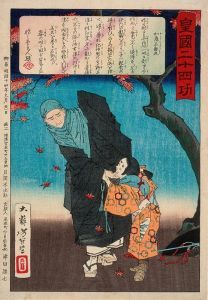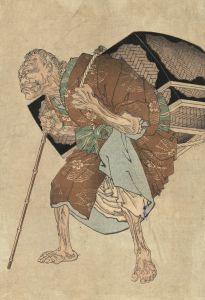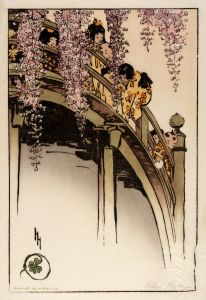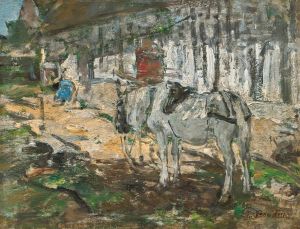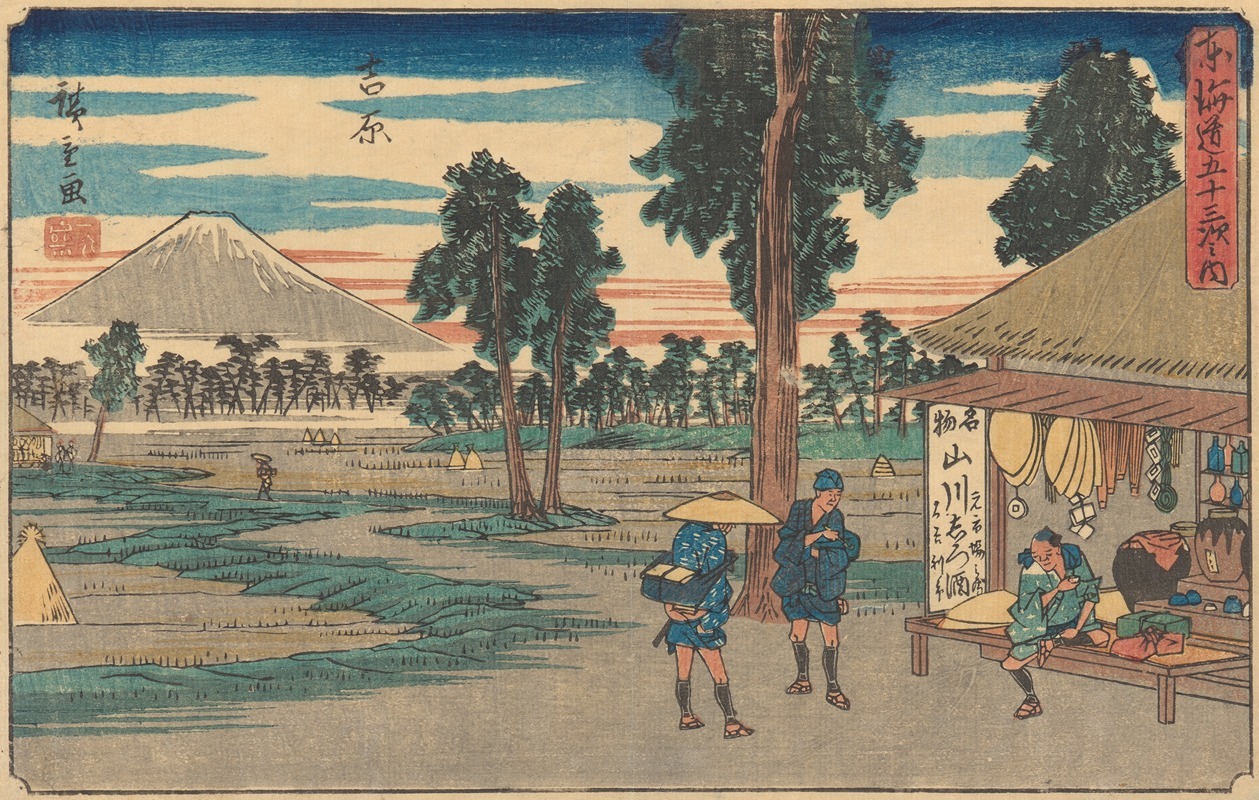
Yoshiwara
A hand-painted replica of Andō Hiroshige’s masterpiece Yoshiwara, meticulously crafted by professional artists to capture the true essence of the original. Each piece is created with museum-quality canvas and rare mineral pigments, carefully painted by experienced artists with delicate brushstrokes and rich, layered colors to perfectly recreate the texture of the original artwork. Unlike machine-printed reproductions, this hand-painted version brings the painting to life, infused with the artist’s emotions and skill in every stroke. Whether for personal collection or home decoration, it instantly elevates the artistic atmosphere of any space.
Andō Hiroshige, a prominent ukiyo-e artist of the Edo period in Japan, is renowned for his landscape prints and depictions of everyday life. One of his works, "Yoshiwara," is part of his celebrated series that captures the essence of Edo (modern-day Tokyo) and its surroundings. This particular artwork reflects Hiroshige's mastery in portraying the cultural and geographical landscapes of Japan during the 19th century.
The term "Yoshiwara" refers to the Yoshiwara pleasure district in Edo, which was a licensed entertainment quarter established in the early 17th century. It was a significant cultural hub, known for its courtesans, teahouses, and artistic performances. Hiroshige's depiction of Yoshiwara is not merely a representation of the district but also an exploration of its atmosphere, blending human activity with the natural environment.
Hiroshige's style is characterized by his use of vibrant colors, intricate details, and innovative compositions. In "Yoshiwara," he employs these techniques to create a vivid scene that captures the viewer's attention. The artwork often features elements such as cherry blossoms, seasonal changes, or the bustling streets of the district, though specific details of this particular piece may vary depending on the series or edition it belongs to.
Hiroshige's works, including "Yoshiwara," were produced using woodblock printing, a method that allowed for the mass production of images. This technique made his art accessible to a wide audience, contributing to the popularity of ukiyo-e during his time. His ability to depict both the beauty of nature and the vibrancy of urban life has cemented his legacy as one of Japan's most influential artists.
While "Yoshiwara" is a notable example of Hiroshige's work, it is essential to place it within the broader context of his artistic career. He is best known for series such as "The Fifty-Three Stations of the Tōkaidō" and "One Hundred Famous Views of Edo," which showcase his talent for capturing the spirit of Japan's landscapes and cityscapes. "Yoshiwara" aligns with these themes, offering a glimpse into the cultural and social dynamics of Edo-period Japan.
Due to the historical and cultural significance of Yoshiwara as a location and Hiroshige's skill as an artist, this work remains an important piece in the study of Japanese art and history. It exemplifies the fusion of art, culture, and daily life that defines the ukiyo-e tradition.





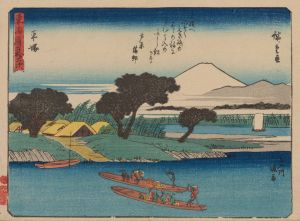
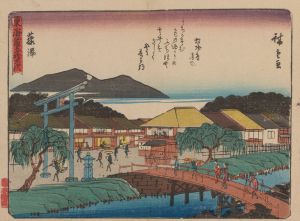
![Fujisawa; Yugyôji [temple name]](/imgs/213015/s/ando-hiroshige-fujisawa-yugyoji-temple-name-73299045.jpg)
